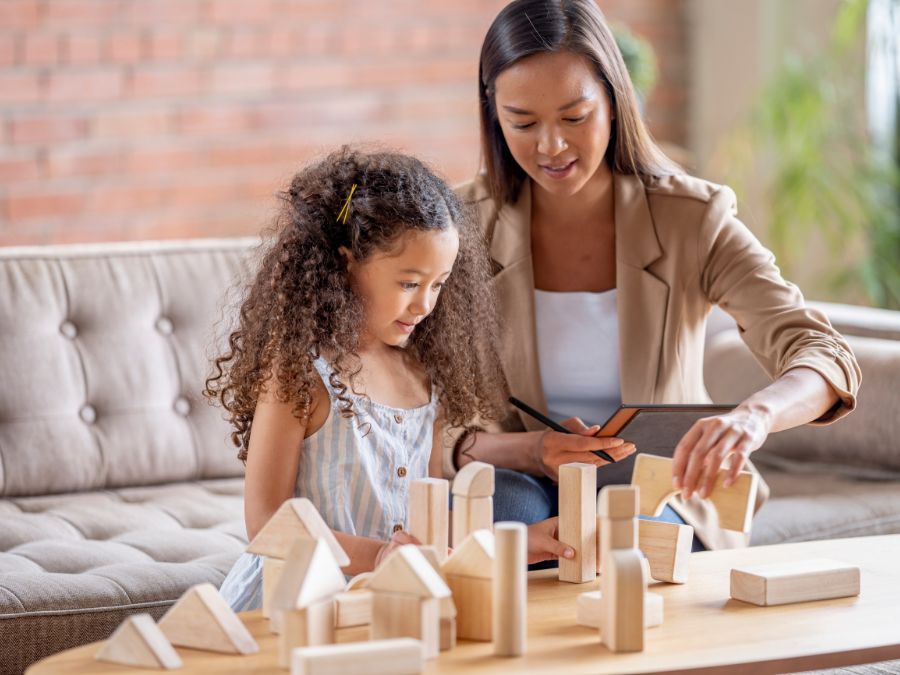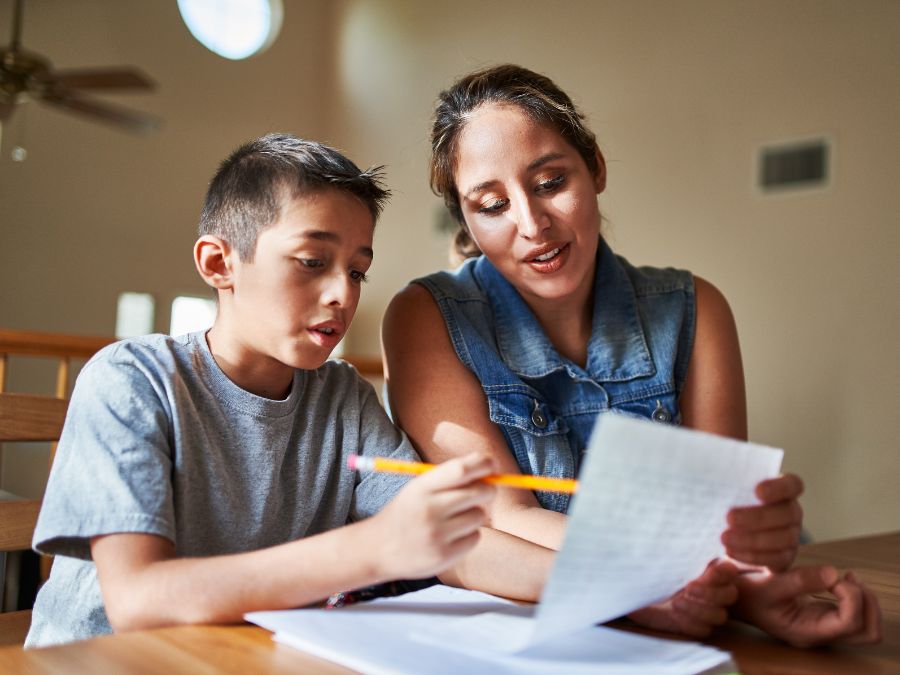
Organization rethinks mental health care through positive childhood experiences
In her 30 years in the profession, president and CEO of Center for Child Counseling Renee Layman has witnessed a range of different approaches to providing care for children and families. She’s helped families and children navigate domestic abuse, food insecurity, health issues, and all sorts of traumas. Only one mental health framework, however, has been so compelling that she’s incorporated it across her whole organization.
For years, the focus within her 82-person organization and in much of the mental health landscape was on Adverse Childhood Experiences (ACEs). In 2016, Center for Child Counseling launched the “Fighting ACEs” initiative and has since trained 30,000 adults — childcare workers, school professionals, pediatricians, and people in the child welfare system — on how to mitigate the impact of adverse experiences and environments on children.
But when Layman attended conferences and trainings that focused solely on ACEs, she felt something was missing.
“A lot of what … we could see happening with the ACEs training…it just seemed hopeless,” says Layman.
She knew that focusing on positive experiences—– by identifying resources available to her clients, highlighting the strengths of the families and communities she serves and helping them cultivate stronger relationships — made her feel more hopeful.
She says that after learning about the HOPE framework: “I just really liked how it just brought it all together,” she says.
Starting the journey of HOPE implementation
Layman started her HOPE Train the Facilitator training in the fall of 2023 and became a HOPE Champion in August of 2024. She’s been using the HOPE framework at almost every level of her organization, including reforming the screening and intake process for children and families.
For years, the Child Counseling Center had been using PEARLS— Pediatric ACEs and Related Life Events Screener — which screens for ACEs. But Layman realized that a strengths-based approach could shift the experience of any family seeking care, and help deal with the “no-show” problem, which is when clients begin the counseling process but then don’t return.
“In typical mental health settings … engagement rates drop off. That’s one of the things that we’re really interested in … how can we really initially engage families and assess what they need in a positive way, and also a part of it is awareness and education for them.”
She now uses the Four Building Blocks of HOPE, or key types of positive childhood experiences (PCEs), which all children need to thrive, to guide the interview process.
“We have shifted our screening process to start with the PCEs as being the first thing that the parents engage [with].”
This might include asking parents what assets are currently available to the children — whether it be a safe park to play in or a place to get healthy food. It’s an opportunity to get information about the things in a child’s environment that influence their well-being, and to make them aware of additional resources they might need.
Incorporating the HOPE framework within an organization
She’s also incorporated the HOPE framework into non-client aspects of the organization. She’s presented about the HOPE framework to her staff and board and even included it in their upcoming strategic plan.
“We are rebranding, redesigning each of our trainings as we roll them out. And instead of starting with ACEs, we’re going to start with PCEs.” One of these revamped trainings is a 4-hour intensive that now focuses on the HOPE framework.
She’s gone through the organization’s Human Resources policies and tried to connect the dots between the organization’s mission — building the foundation for playful, helpful, hopeful living for children, families and communities — and the policy itself. Sometimes it’s as small as changing a time-off policy to explain the reasoning behind it.
“And so putting in why we’re doing that, [the] need for … work/life balance and taking care of themselves and their family…being more thoughtful and hopeful in our [HR policy] language.”
Her organization is starting a new campaign, “From Trauma to Hope,” to educate funders and stakeholders about why systems-wide thinking is critical for providing the Four Building Blocks of HOPE to children, especially safe, stable, and equitable environments.
When agencies like the Center for Child Counseling rely on insurance companies to get paid for their services, it limits the way they can provide care: essentially, they have to diagnose a child with a mental health condition. But the HOPE framework shows that a child’s wellbeing is based on so many factors, Layman says.
“The [family] may not have diapers. We’re seeing there may be formula issues, or they can’t pay their electricity bill, or they’re couch surfing.”
Funders need to understand that children and families need comprehensive services in order to thrive, says Layman, who recently secured a grant from Palm Beach County called “Project Family Hope: Healthy Outcomes from Positive Experiences.” Layman also plans to convene 90 pediatricians this winter to talk about children’s health. The HOPE framework has given her the tools and the messaging to convey to funders and practitioners all across the field that “we need to shift our model.”
What does the HOPE framework look like in your work?
Do you have an amazing story to share on how you are using the HOPE framework in your work with children and families? Are you looking to start prompting positive childhood experiences? Reach out to us!


